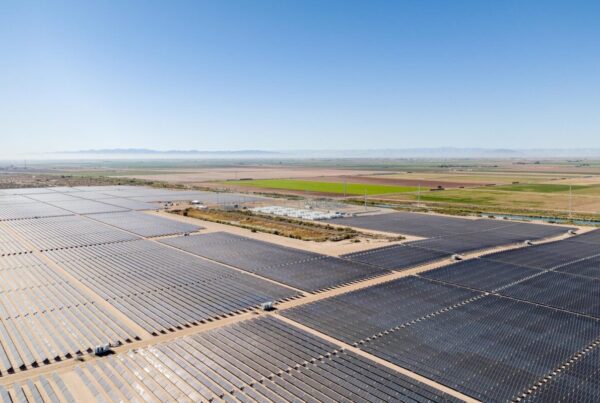
Revenues and gross profits are down 18% and 20% respectively, year-on-year (YoY). The company attributed this decline to the low average selling price (ASP) of solar modules and lower project sales. The above figures account for both CSI Solar, the company’s manufacturing subsidiary, and Recurrent Energy, its project development arm.
CSI Solar shipped 8.4GW of solar modules in Q3, a 1% increase YoY (2% sequentially), which it said “partially” offset the declining price of modules in the market.
The company has cited the ongoing low ASPs of modules in all its 2024 financial results so far, which have been uniformly less impressive than 2023, which was a “record” year fro the firm.
This broad dynamic – of lowered returns and increasing module shipments – is echoed in all of the major global silicon-based solar manufacturers. The sector at large is in the midst of a price crash, in part due to massive overcapacity from Chinese players that has outstripped the growth in global demand.
CSI Solar manufacturing
As of September 2024, CSI Solar had 61GW of nameplate module manufacturing capacity and 48.4GW of cell capacity, alongside 31GW of wafer and 25GW of ingot capacity. In Q3, CSI Solar shipped the most modules to the US of any market.
Its total module shipments so far this year, which amount to just under 23GW, show a small-scale version of the broader industry overcapacity at play.
Yan Zhuang, president of CSI Solar, said: “This quarter, CSI Solar posted stable performance, sustaining profitability while growing shipment volumes. We maintained a disciplined approach to order management, delivering over 30% of module volumes to the North American market.”
On 28 November, CSI Solar approved a share repurchase programme which it said intends to “enhance investor confidence, optimise capital structure, and align interests of all stakeholders.”
CSI Solar recorded net income of US$110 million in Q3, an increase from Q2 but less than half of the figure it posted in Q3 2023. This included the operations of its e-Storage business, which provides battery energy storage (BESS) solutions. CSI said e-Storage had a backlog of US$3.2 billion as of 30th November 2024 and 20GWh of annual manufacturing capacity.
Recurrent Energy shifts towards project ownership
Canadian Solar’s project development subsidiary, Recurrent Energy, has been shifting its business model from a develop-to-sell model towards owning more of its own projects.
To facilitate this, the company recently secured a US$500 million equity investment from BlackRock, the largest private asset owner on Earth with a portfolio worth over US$9 trillion.
As of September 2024, the company had a solar project development pipeline of 26GWp and a BESS project pipeline of 66GWh.
TOPCon technological review
As with most major manufacturers, Canadian Solar has leant heavily into n-type tunnel oxide passivated contact (TOPCon) cell and module technology in the last two years. The company has expanded its TOPCon manufacturing capacity in the US and built out n-type wafer capacity in Thailand over the last year.
A flurry of intellectual property and patent lawsuits has followed TOPCon into the mainstream of solar PV, as companies wrangle for space and advantage in the current cutthroat price environment.
Canadian Solar is involved in a US case with Trina Solar over what the latter claims to be an infringement on its TOPCon technology patents.
Back in 2022, Canadian Solar said it intended to fulfil 30% of its 2023 shipments with TOPCon products. Though the most recent results do not break down specific module technologies, that number is likely to only have increased.
Shawn Qu, CEO of Canadian Solar, said in the Q3 results announcement: “We are currently operating at an optimal scale with industry-leading technologies, and we remain committed to investing in R&D to ensure that we remain at the forefront of innovation across our portfolio of products and solutions.”
This morning, energy technological assurance provider DNV released a technological review of eight Canadian Solar TOPCon modules. It concluded that Canadian Solar’s component- and module-level test protocols “exceed industry standards”, and its TOPBiHiKu TOPCon modules demonstrated “exceptional durability across all extended-duration tests”, DNV said.
This will be welcome news for the company. A number of PV technological institutions have raised concerns about the durability and performance of TOPCon modules in recent months. Germany’s Fraunhofer Institute for Energy Systems (ISE) published research that found degradation issues in TOPCon cells from a wide range of manufacturers, including “critical” degradation from moisture ingress and UV irradiation.
Earlier this year, PV Tech published a contributed piece from Clean Energy Associates (CEA) examining the technology differences between TOPCon and its mainstream predecessor, PERC technology.
Moreover, a May publication from the University of New South Wales, where PERC technology was invented, found “significant degradation” affecting TOPCon modules under damp heat testing.






